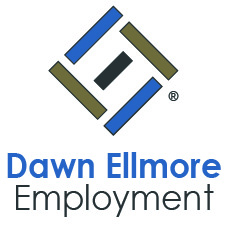The IPO (Intellectual Property Office) has just opened a consultation regarding amending the existing Trade Marks Act in the UK. It aims to implement the most recent Trade Marks Directive from the EU.
Most of the provisions laid out in the directive, which was published in 2015, must be put into place across EU members states by 14 January next year.
Biggest change
One of the most significant changes directed by the EU involves removing the requirement for trade marks to be represented graphically. The requirement currently in place has limited the kinds of things that can be registered for trade mark protection.
Under the new directive, any sign will qualify to be registered as trade mark as long as they properly distinguish goods, products and services from other business and can be shown “in a manner which enables the competent authorities and the public to determine the clear and precise subject matter of the protection afforded to its proprietor”.
Future proofing
The IPO explained that the change will allow for marks to be filed in anyway modern technology allows. They go on: “The focus of discussions on this issue has tended to be on non-standard mark types, such as sounds, movements and smells, and the ability to represent them more accurately than before, but the change applies equally to more frequently filed mark types too, including shapes.”
This means that we could see many different kinds of trade marks far beyond the traditional. They could be animations, 3D shapes and holograms, among others. To start with businesses will register what are termed as ‘non-standard’ marks using only a few file formats, including mp3, mp4 and .jpg. In time, the accepted formats will increase so that there will be a wide range.
Bringing the UK in line
Removing the present requirement surrounding graphical representation of trade marks will bring the UK in line with the EU, which implemented the change on 1 October 2017. The EU change has led to new categories of trade mark registration including holograms, motion marks and position marks.
Although the change does overcome some if the problems in registering non-conventional marks, there are still hurdles. For those who want to register non-conventional marks, the challenge lies in the proposed mark properly distinguishing the goods or services from others.
Changes to defence
Under the new proposals in the UK, businesses won’t be able to use the ‘own name’ defence to quash claims of trade mark infringement made against them. At the moment, businesses can sidestep liability for trade mark infringement if the trade mark uses a word matching their name. However, this will still be available as a defence to individuals.
This defence was removed for EU trade marks in the UK last October when the EU trade mark directive was implemented. This removal should encourage businesses that haven’t yet registered their trading or company name as a trade mark to do so imminently.
Any business or trade starting out using a different name to that of its corporate identity will run the risk of problems in the future should a third party register that name as a trade mark first. The IPO consultation is open until 16 April 2018.
To become part of the ever-changing world of trade mark, patent and IP law, contact the team at Dawn Ellmore Employment. We have a range of positions from entry level traineeships to qualified attorneys.



